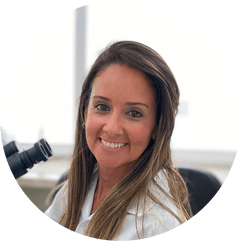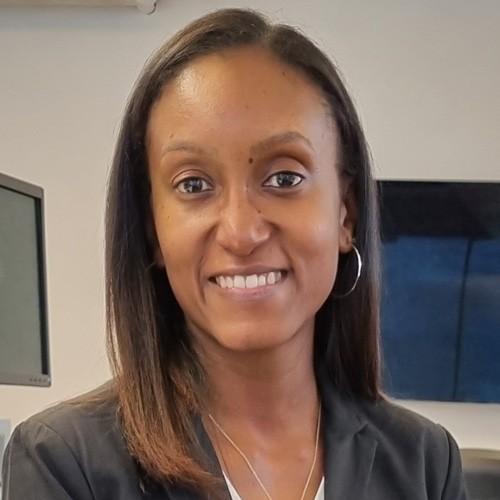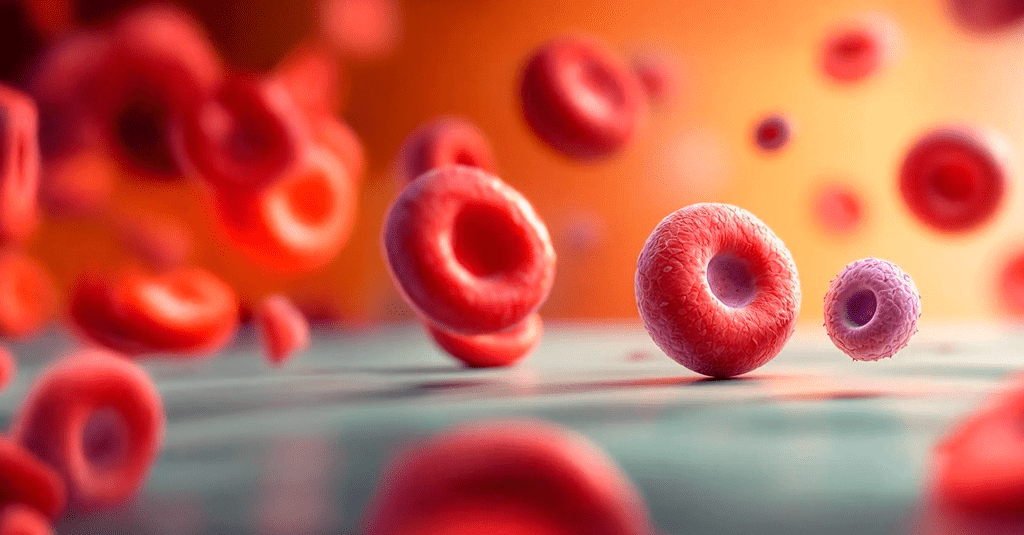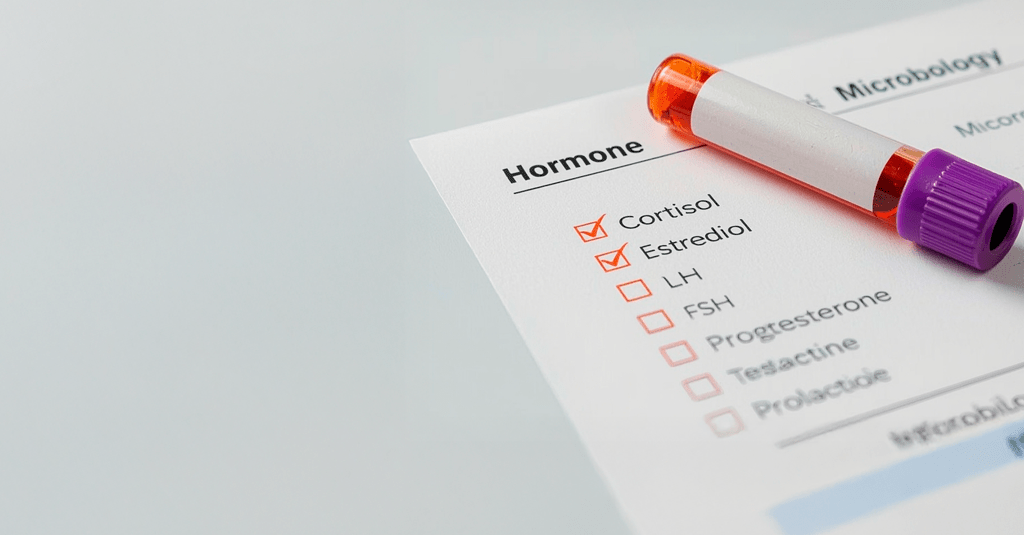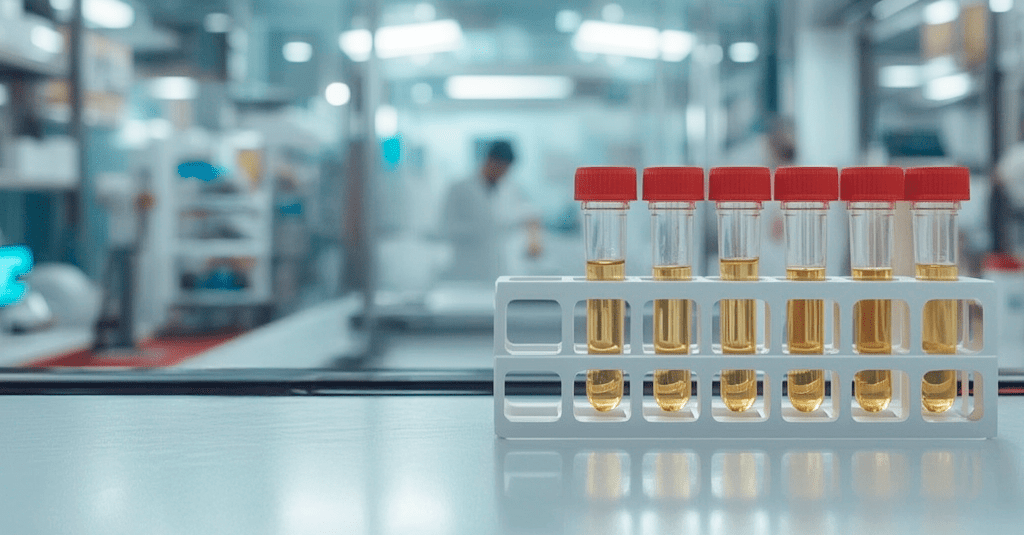The class was taught by Dr. Cecília Bittencourt Severo, pharmaceutical biochemist, PhD in Pulmonary Sciences, and adjunct professor at the Federal University of Health Sciences of Porto Alegre (UFCSPA), with 20 years of experience in diagnosing fungal infections and teaching medical mycology.
The session provided participants with the opportunity to reflect on decision-making in mycological diagnosis, enhancing the interpretation of results and the appropriate selection of laboratory methods, with a focus on case resolution.
Questions & Answers
The following questions were not addressed during the Online Meeting.
Potassium hydroxide (KOH) is a classic reagent for digesting keratinous material, such as skin, nails, and hair, as it dissolves keratin and facilitates the visualization of fungal elements. For clear biological fluids, KOH is generally not necessary because these materials are naturally translucent.
However, in our experience, we also use KOH for mucoid materials, such as viscous sputum and thick secretions, with the aim of reducing viscosity and facilitating microscopic examination, thereby increasing the likelihood of detecting fungal structures.
We usually use the MBT Compass Library, which comes with the Bruker MALDI Biotyper system.
It is important to note that, although it performs well for common yeasts, it is still limited for filamentous fungi, requiring critical attention when interpreting results and, if necessary, supplementation with phenotypic or molecular identification.
In general, the presence of cryptococcal antigen in the CSF indicates dissemination, so detection in the serum is also expected. However, there are uncommon situations in which the infection may show a positive test only in the CSF. It is also important to be aware of potential false negatives due to the post-zone effect.
We mainly use the standard commercial database (e.g., MBT Compass Library from Bruker), which already performs well for yeast identification but is still limited for filamentous fungi. To overcome this limitation, supplementary databases can be incorporated, such as MSI (Mass Spectrometry Identification database), an open and collaborative database with excellent coverage for filamentous fungi and dermatophyte species.
Additionally, laboratories can develop internal libraries validated with well-identified local isolates, which significantly improves accuracy in regional contexts.
Antifungal susceptibility testing for dermatophytes and other filamentous fungi involved in onychomycosis or dermatophytosis does not yet have robust standardization with internationally accepted clinical breakpoints, although technical methods exist (e.g., CLSI M38-A3). In practice, routine antifungal susceptibility testing is not recommended to guide local treatment, as therapy typically follows well-established protocols (e.g., terbinafine or itraconazole).
When the request is justified, such as in therapeutic failures or refractory cases, the laboratory can perform the test while providing careful guidance to the clinician regarding the limitations of result interpretation. It is important to discuss with the requesting clinician and evaluate the relevance on a case-by-case basis, always explaining the technical and interpretive limitations.
To cover both filamentous fungi and yeasts, the recommended combination is:
- Sabouraud Dextrose Agar (SDA) with and without antibiotics;
- Mycosel medium (or similar, such as Mycobiotic agar) — selective for dermatophytes (contains cycloheximide and chloramphenicol);
- Optional: BHI medium for fastidious yeasts.
This combination allows broad isolation while reducing bacterial contamination and saprophytic fungal growth.


